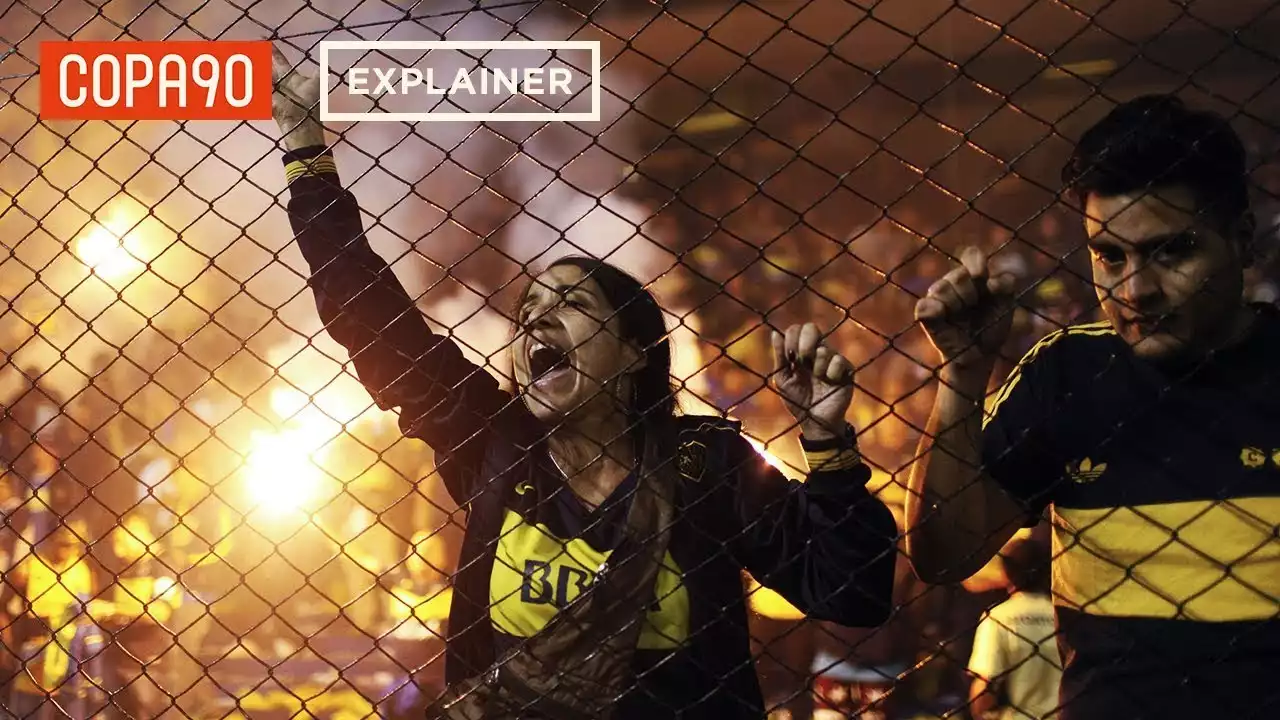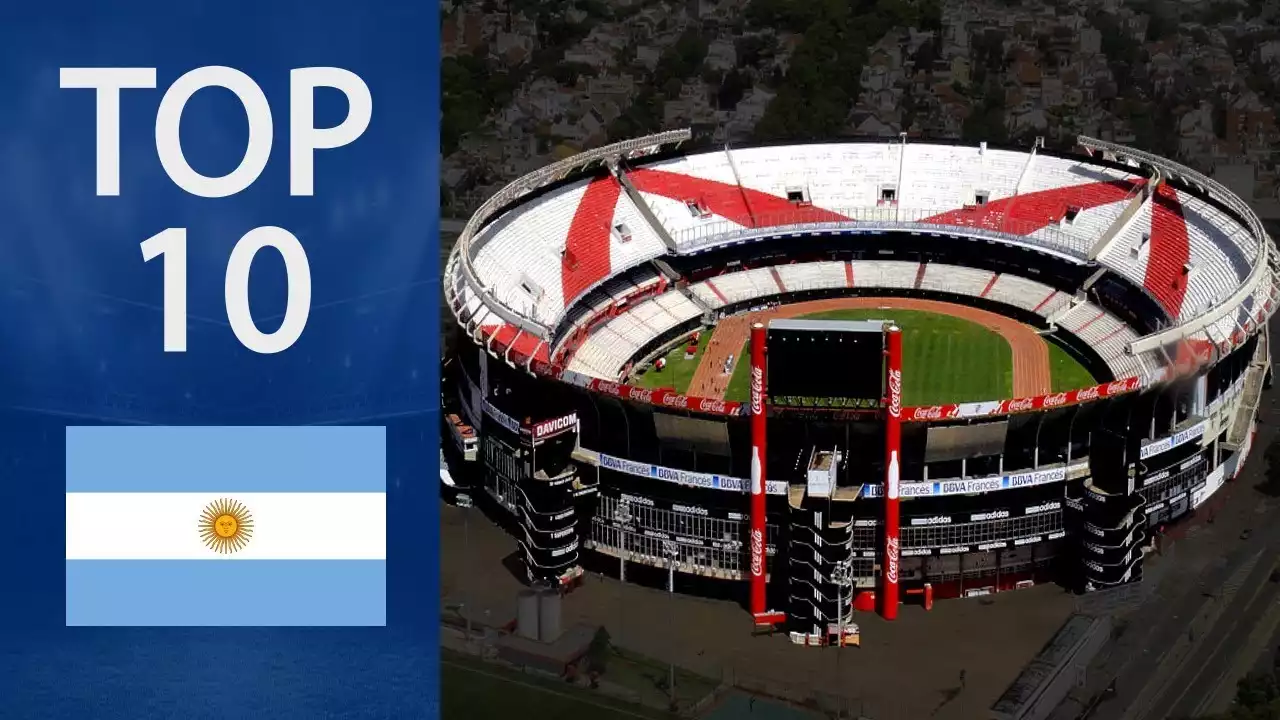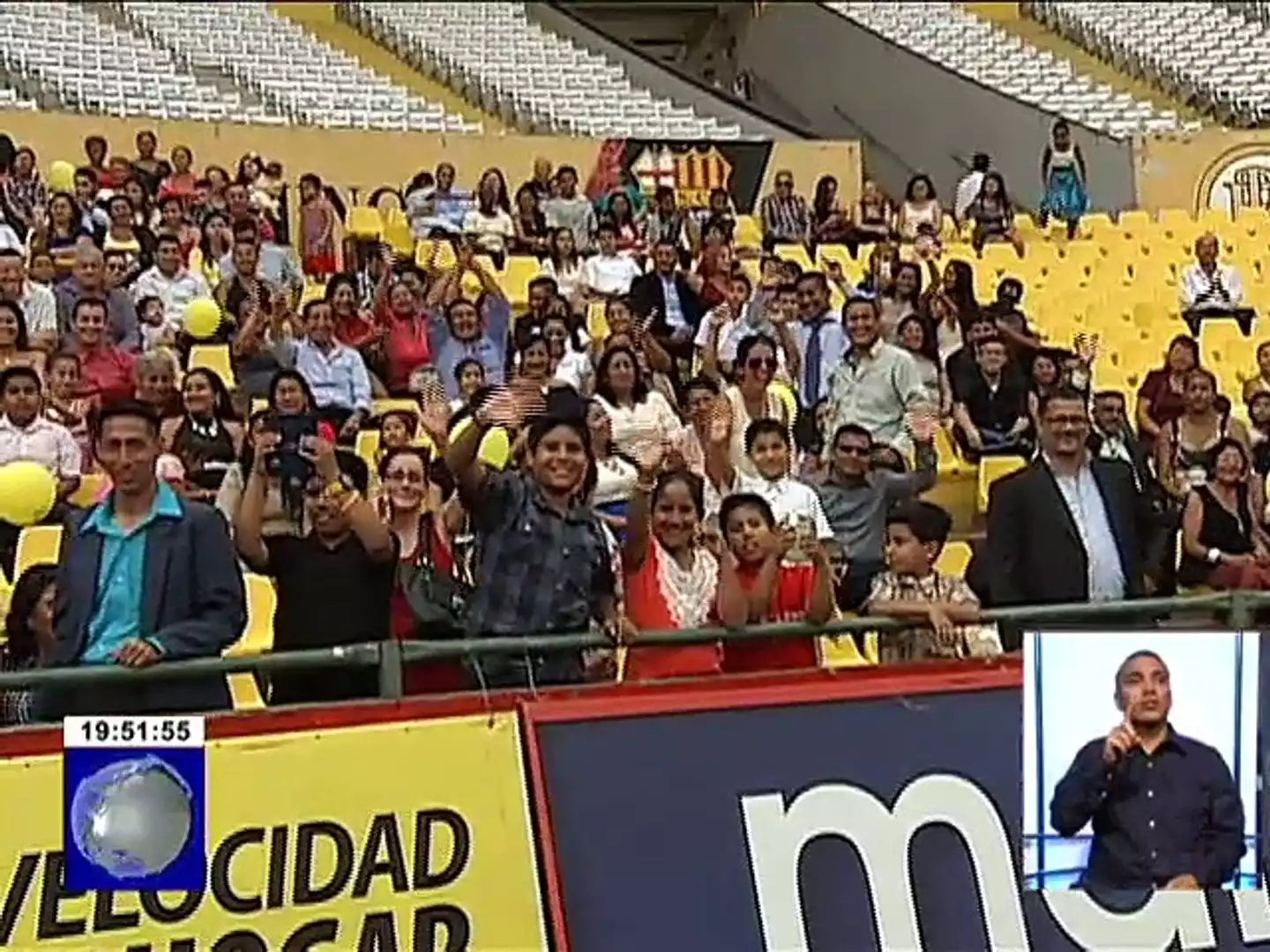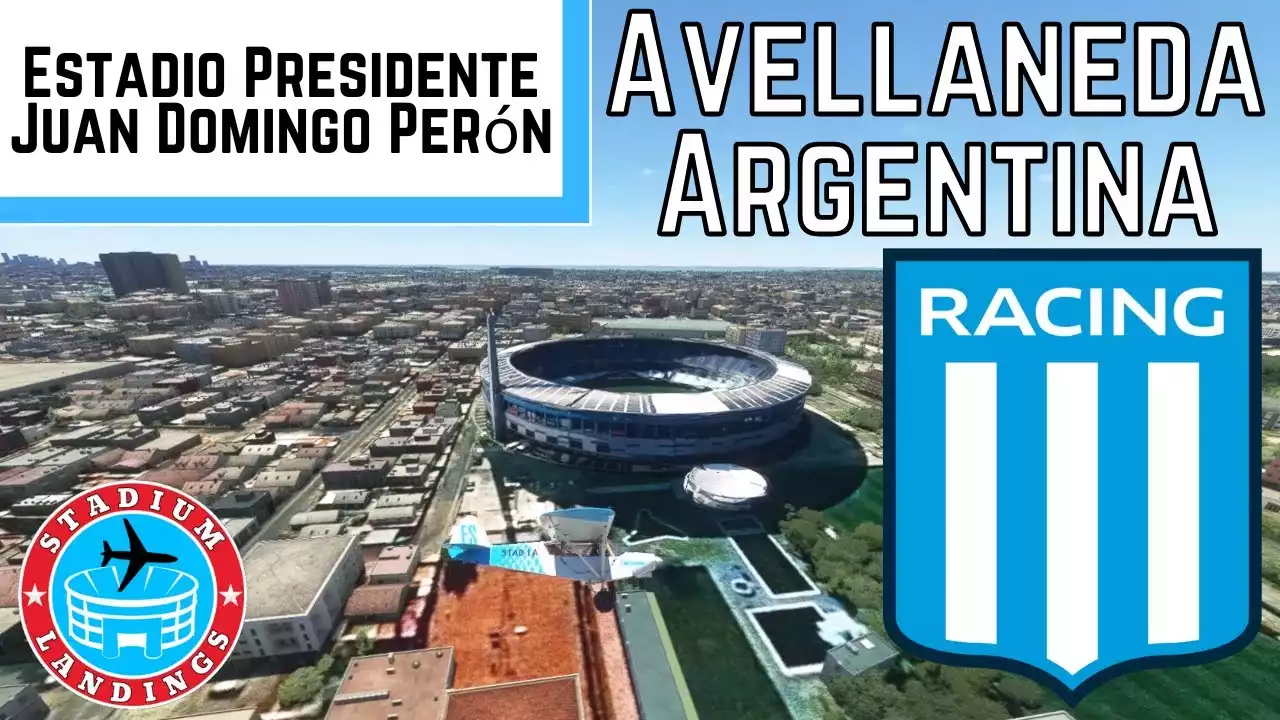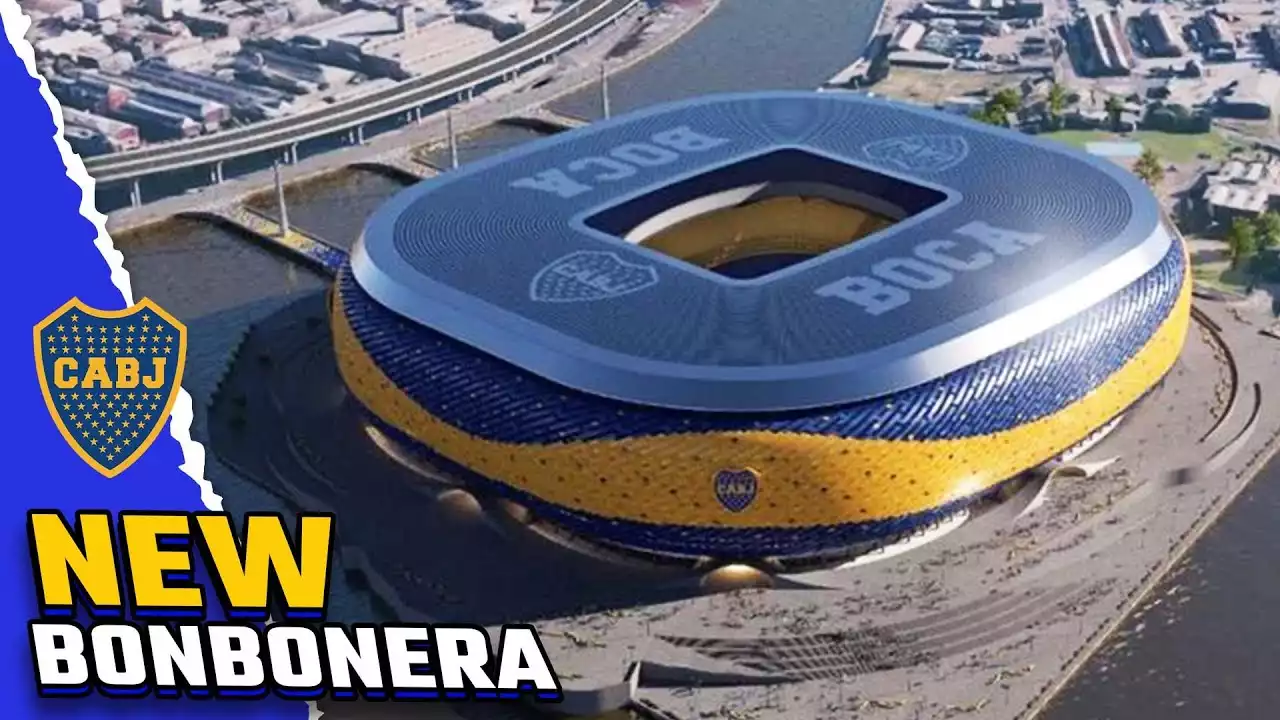The passionate culture of Argentine football
In Argentina, football is more than just a sport; it's a way of life. The passion and love for the game run deep in the veins of every Argentinean. From an early age, children are introduced to football, playing in the streets and dreaming of one day stepping onto the hallowed grounds of their favorite stadiums. The culture surrounding Argentine football is unlike any other, with fans displaying unwavering loyalty to their teams. The stadiums become a battleground for emotions, with supporters creating an atmosphere that is both electric and intimidating. The fervor and dedication of the fans are what make Argentine football so unique and captivating.
The rivalry between Boca Juniors and River Plate
One of the fiercest rivalries in world football is the one between Boca Juniors and River Plate. Known as the "Superclásico," this match brings the city of Buenos Aires to a standstill. The rivalry between these two teams is deeply rooted in history, with each club representing different neighborhoods and social classes. The matches between Boca Juniors and River Plate are intense, both on and off the field. The passion and animosity between the fans often spill over into violence, adding an extra layer of drama to an already heated encounter. The Superclásico is a spectacle that every football fan should experience at least once in their lifetime.
The intense atmosphere of La Bombonera stadium
La Bombonera, the home stadium of Boca Juniors, is renowned for its intense atmosphere. The stadium is known for its unique shape, with steep stands that seem to engulf the pitch. The close proximity of the fans to the players creates an electric atmosphere that is unmatched anywhere else. The noise and passion that echo through the stands make La Bombonera an intimidating place for opposing teams. The famous "La Doce" (The 12th) fan group leads the chants and songs, creating an atmosphere that is both awe-inspiring and spine-chilling. Stepping into La Bombonera is an experience that will leave any football fan in awe.
The historic "Maracanazo" match at Estadio Monumental
One of the most dramatic moments in Argentine football history occurred at Estadio Monumental during the 1950 FIFA World Cup. Argentina faced off against Uruguay in a match that would go down in history as the "Maracanazo." The match was highly anticipated, with both teams vying for the prestigious title. Uruguay, considered the underdogs, shocked the world by defeating Argentina 2-1 in front of a stunned crowd at Estadio Monumental. The loss was devastating for Argentina, as they were favorites to win the tournament. The "Maracanazo" is a reminder that in football, anything is possible, and the game can be full of surprises.
Maracaná - El Templo del Futbol (Historia del Mítico Estadio)
The tragedy of the Avellaneda derby at Estadio Libertadores de América
The Avellaneda derby between Independiente and Racing Club is one of the most passionate and intense rivalries in Argentine football. The two teams are based in the city of Avellaneda, just outside Buenos Aires, and the matches between them are always fiercely contested. However, tragedy struck during a derby match at Estadio Libertadores de América in 1968. A fire broke out in the stadium, resulting in the death of 55 people and injuring hundreds more. The incident left a lasting scar on Argentine football, highlighting the need for improved safety measures in stadiums. The Avellaneda derby is a reminder of the passion and intensity that can sometimes take a tragic turn.
The iconic moments at Estadio Monumental during the Copa Libertadores finals
Estadio Monumental, the home stadium of River Plate, has witnessed some of the most iconic moments in Argentine football history, particularly during the Copa Libertadores finals. The Copa Libertadores is the most prestigious club competition in South American football, and the matches held at Estadio Monumental have been nothing short of spectacular. From thrilling comebacks to last-minute goals, the Copa Libertadores finals at Estadio Monumental have provided fans with unforgettable moments. The stadium's capacity of over 70,000 spectators ensures that the atmosphere is always electric, making it the perfect stage for these dramatic encounters.
The unforgettable "Hand of God" goal at Estadio Azteca
While not specifically an Argentine football stadium, Estadio Azteca in Mexico City witnessed one of the most controversial and dramatic moments in the history of Argentine football. In the 1986 FIFA World Cup quarter-final match between Argentina and England, Diego Maradona scored what would become known as the "Hand of God" goal. The goal, in which Maradona used his hand to punch the ball into the net, left the English players and fans in disbelief. The incident sparked intense debates and added an extra layer of drama to an already historic match. Estadio Azteca became the stage for one of the most talked-about moments in football history.
